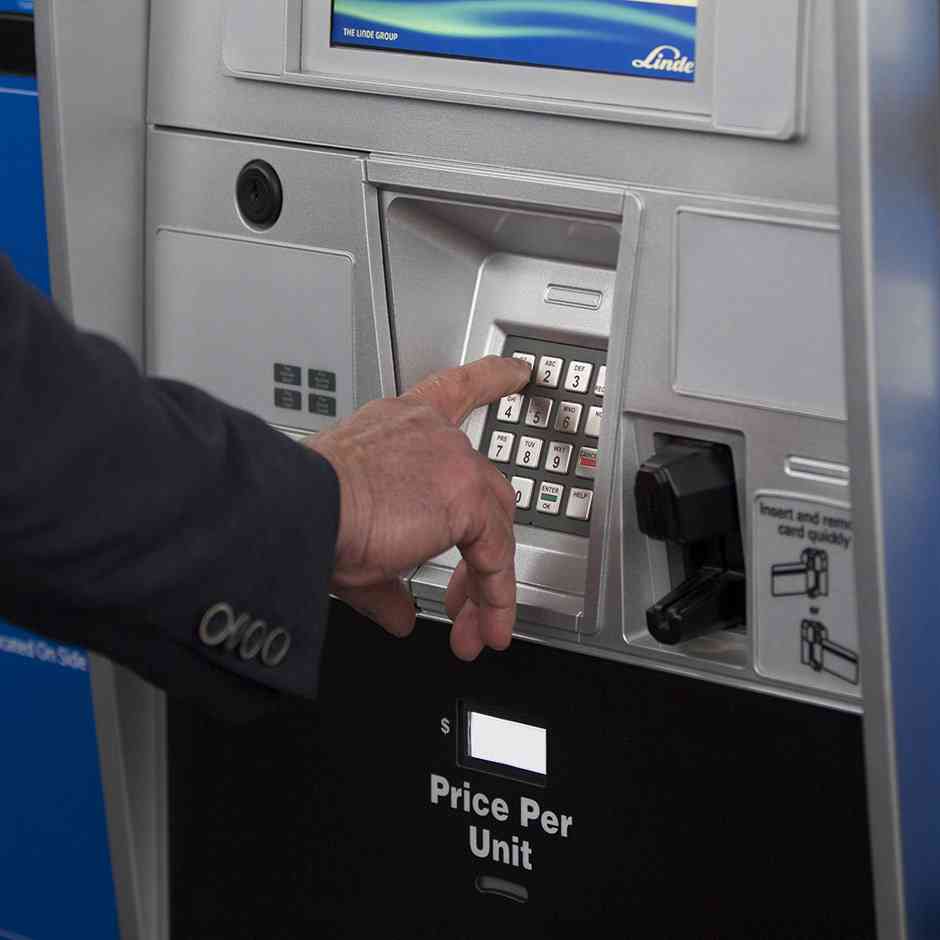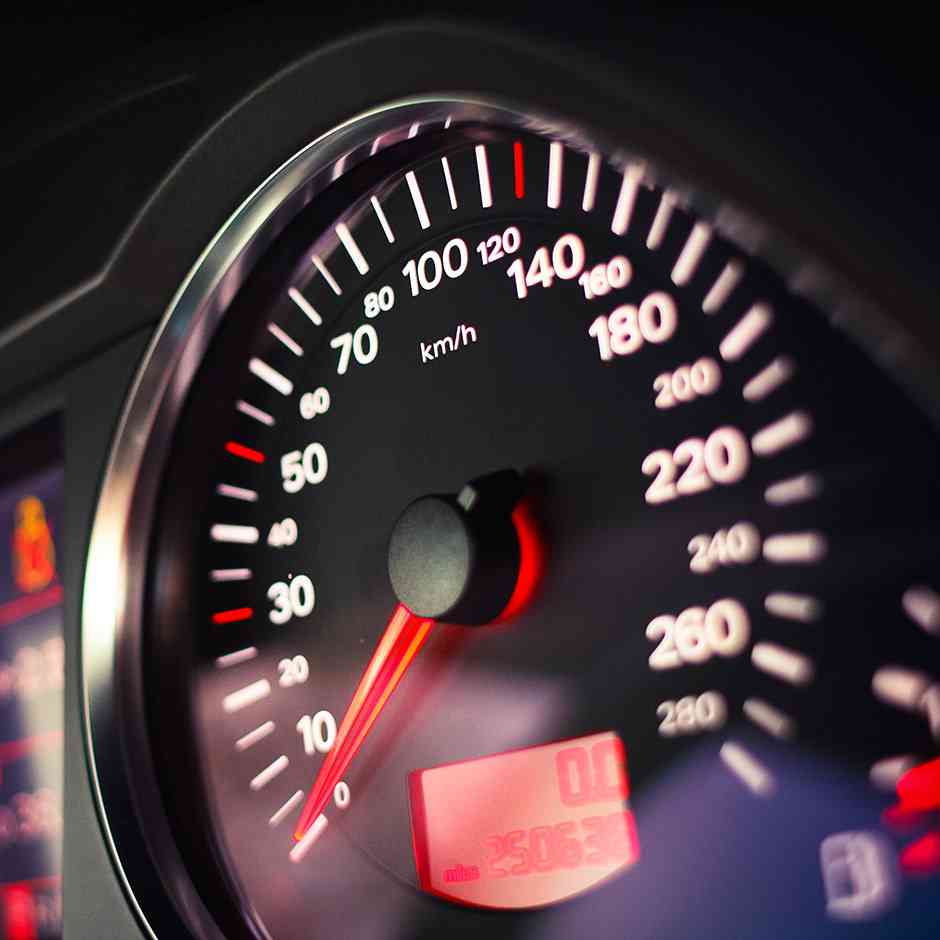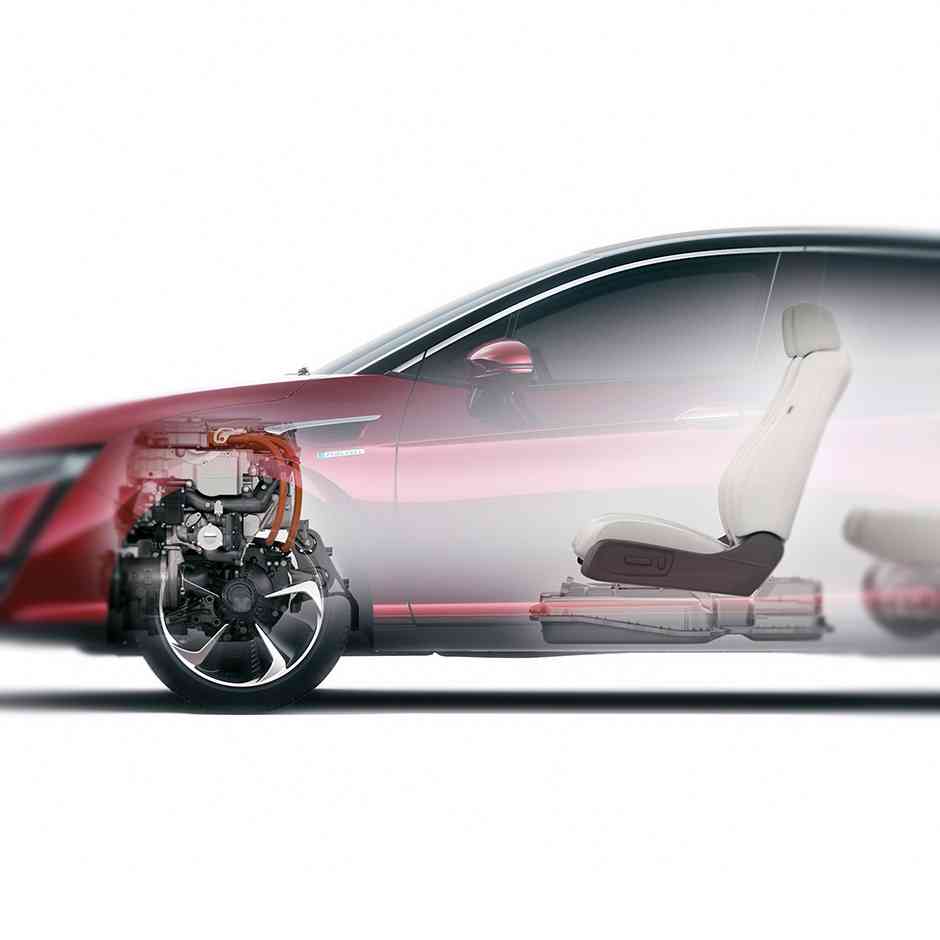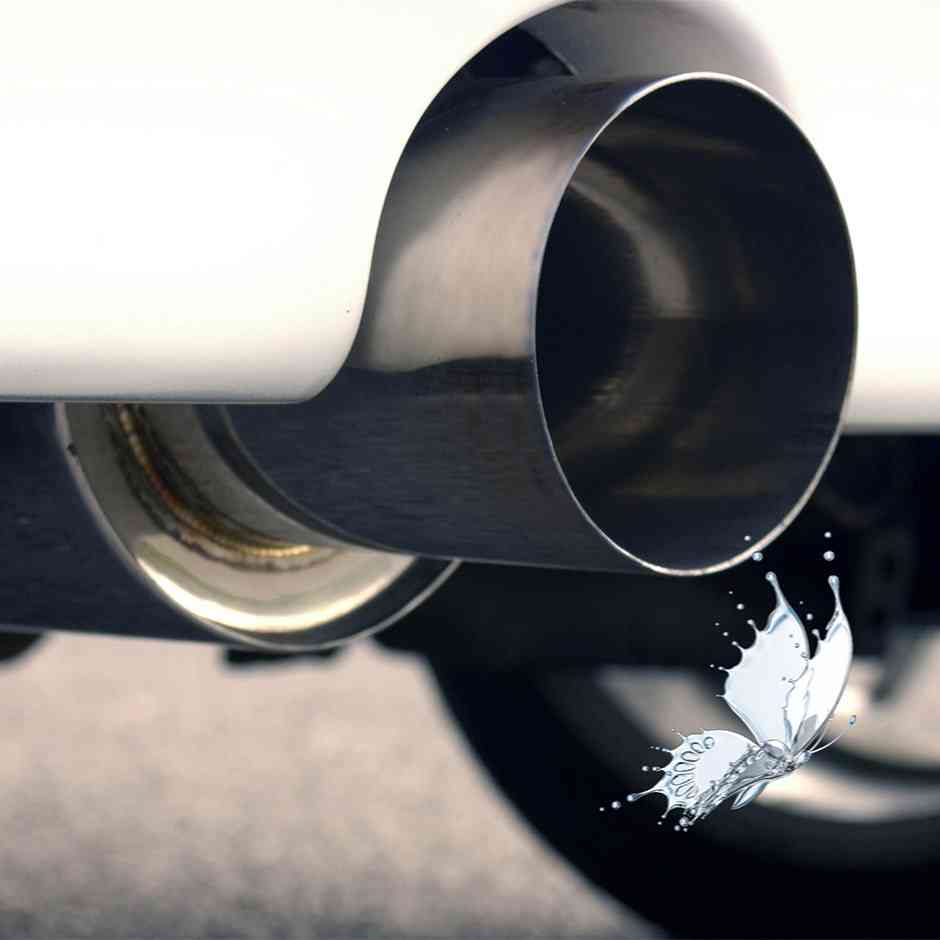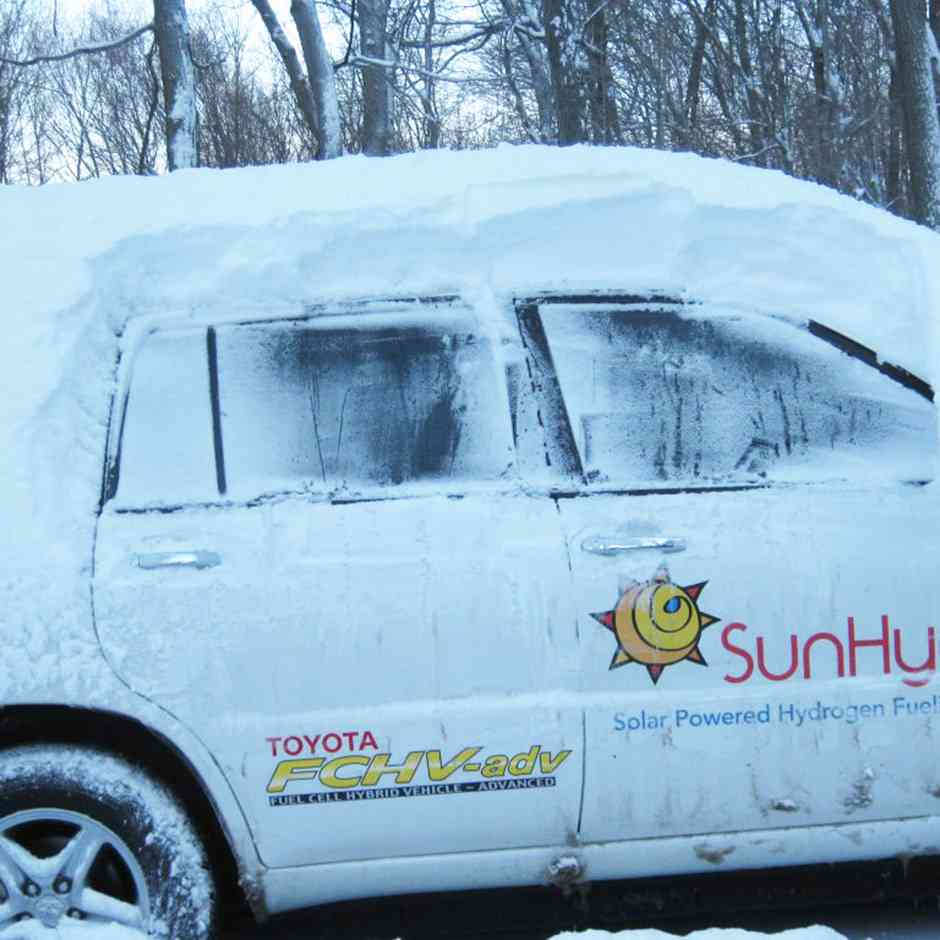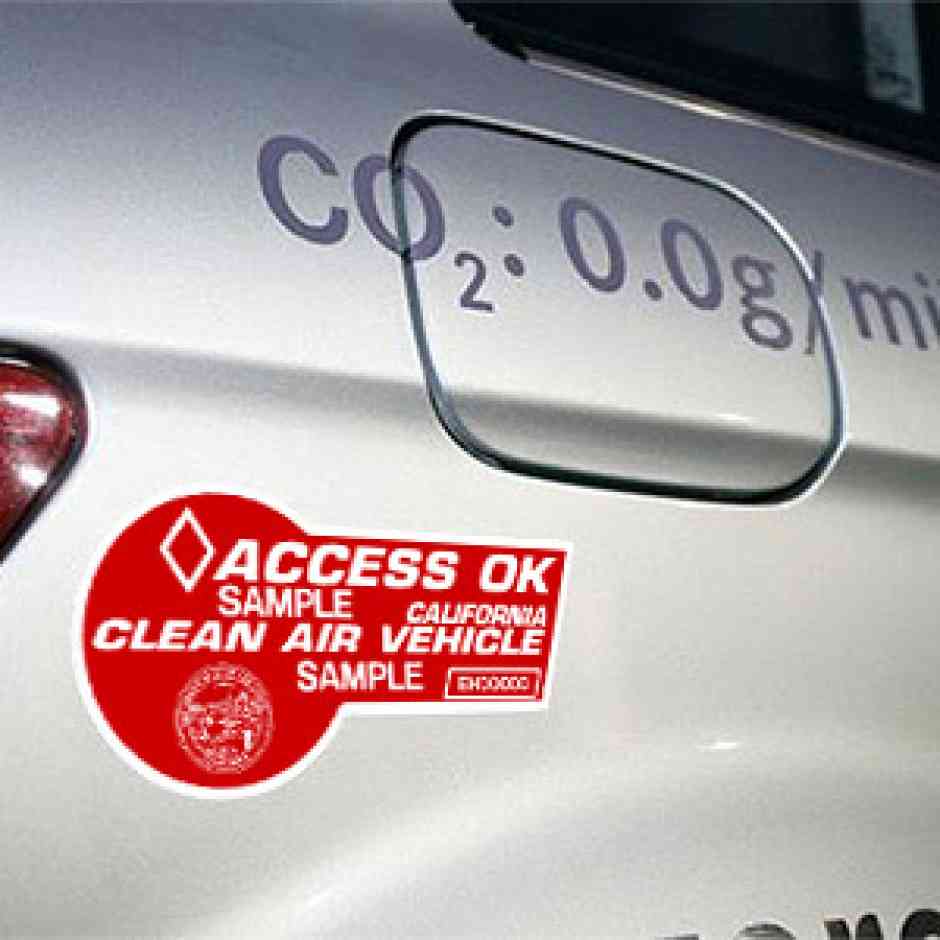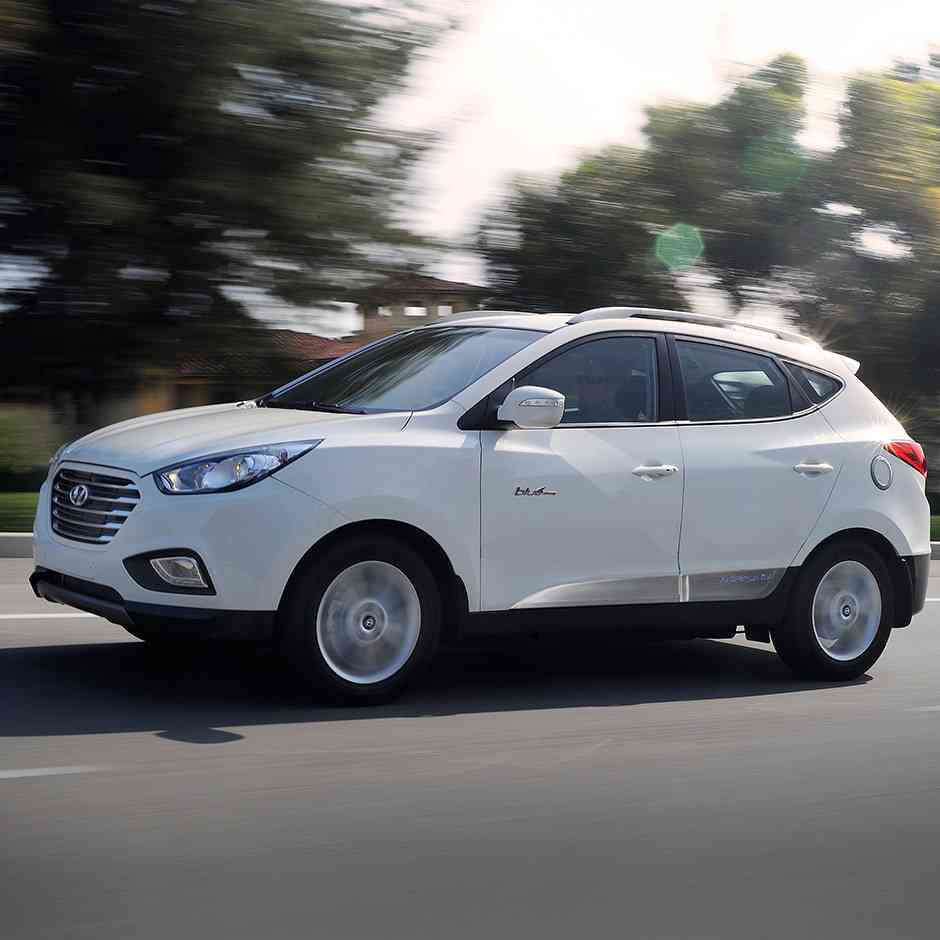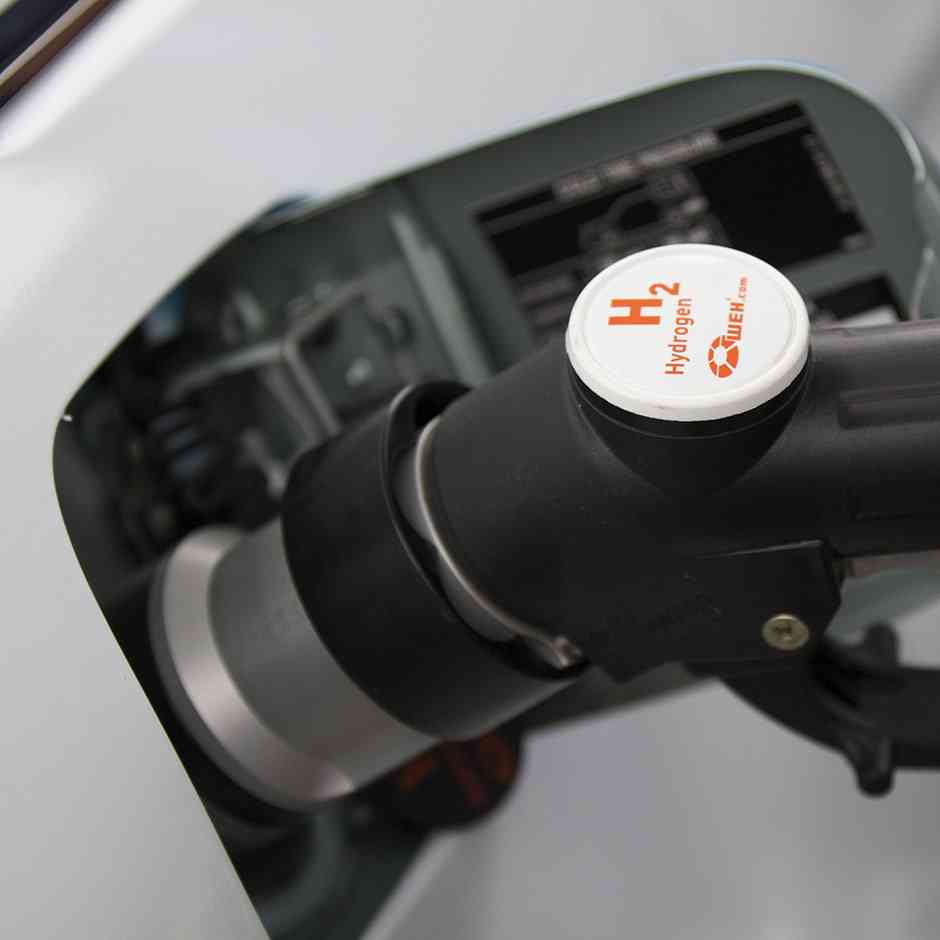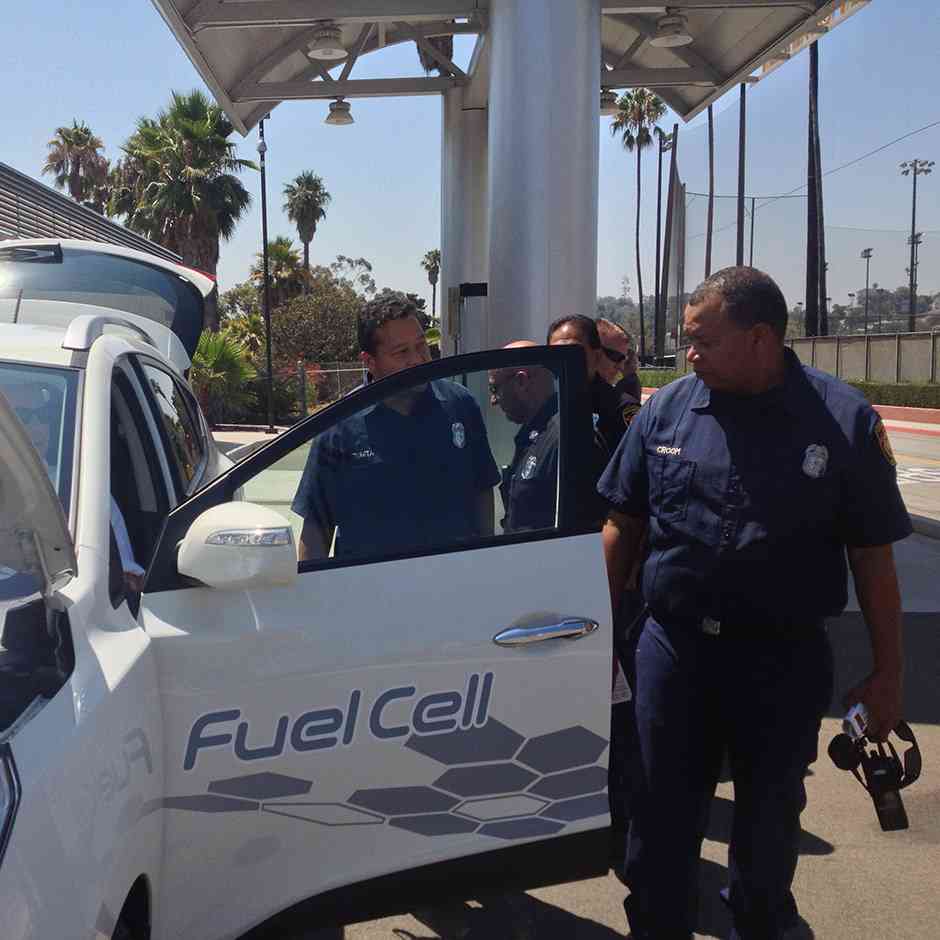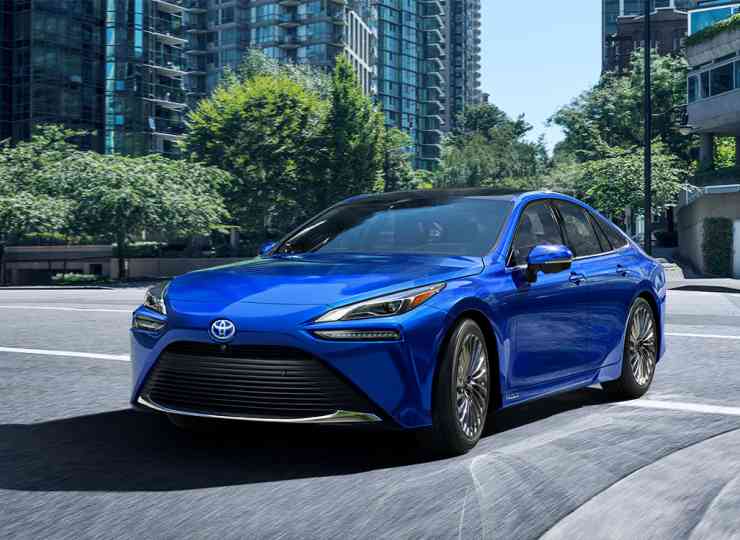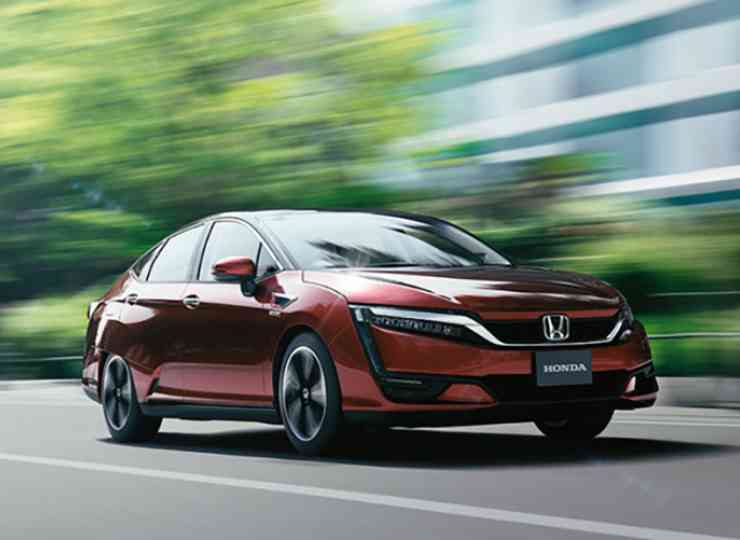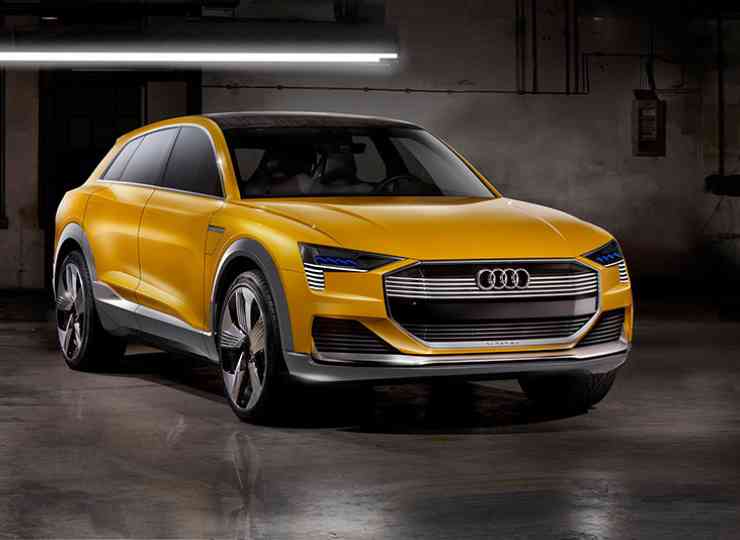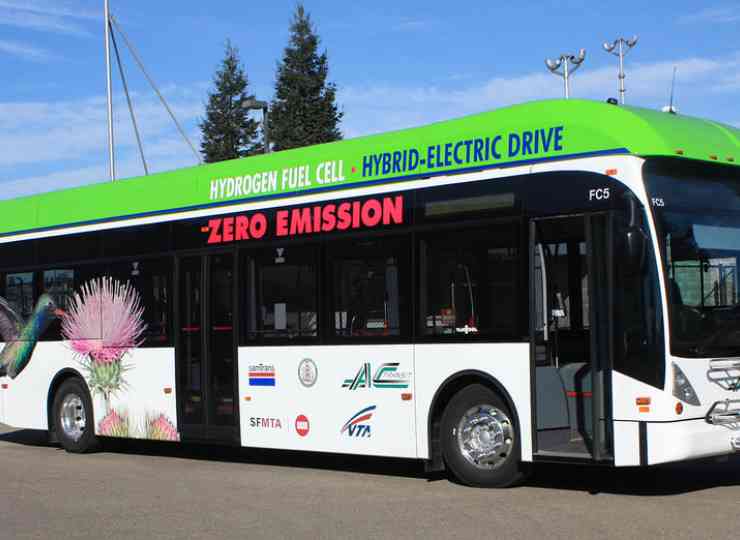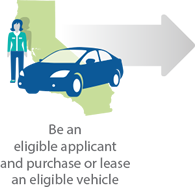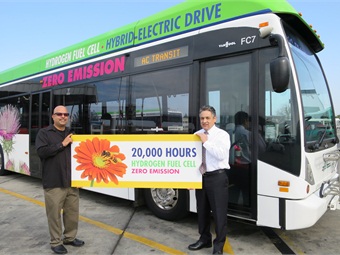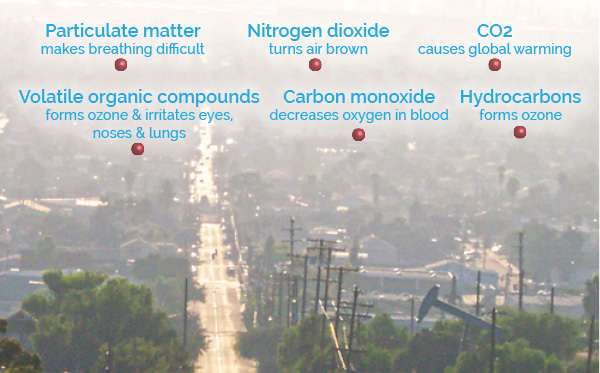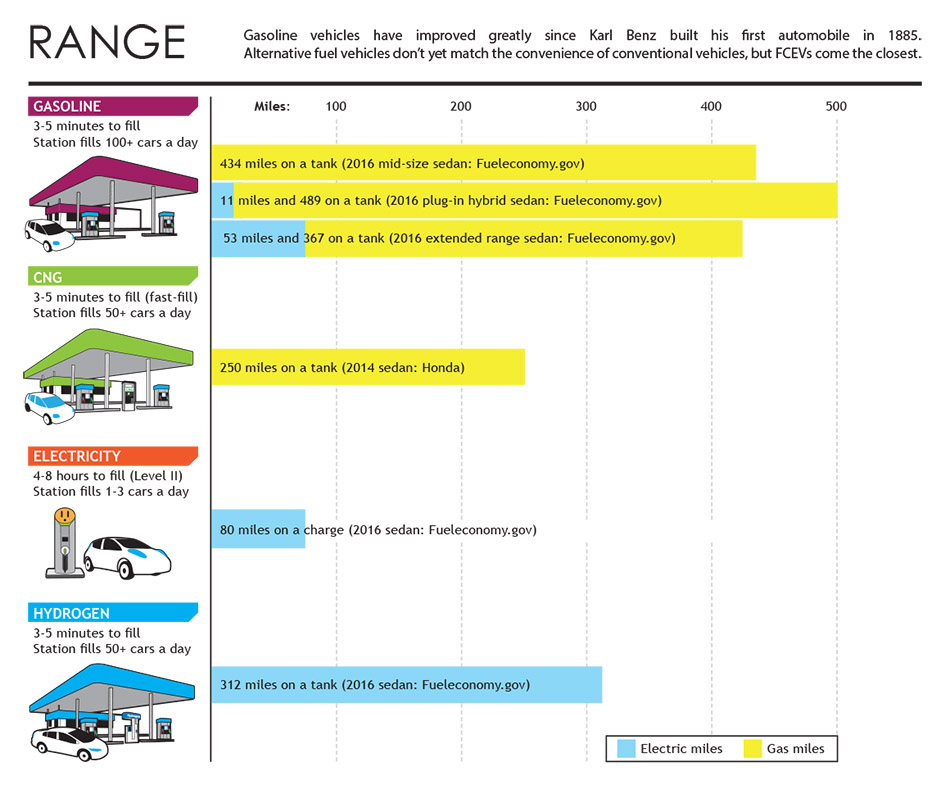FCEVs are as safe as any vehicle on the road. HFCP vehicle manufacturer members subject fuel cell electric vehicle models to extensive safety testing prior to releasing them on public roads. Current testing employs both destructive and non-destructive evaluations and occurs at the component, system, and vehicle level.
The on-board hydrogen storage tanks are extremely strong, carbon-fiber wrapped tanks. Similar to CNG tanks, hydrogen tanks are put through a battery of extreme tests, including bonfire, pressure cycling, impact, burst and penetration tests. The cylinders must meet strict manufacturer guidelines and are being tested to an international standard, the GTR 13. This will ultimately be the US DOT's hydrogen fuel cell vehicle safety standard.
Hydrogen is colorless, odorless and non-toxic. Other fuels either have odor (gasoline) or are odorized (natural gas) and leaks are detected by smell. Hydrogen is not odorized due in part to its small molecular weight and buoyancy, and because an odorant would contaminate hydrogen purity and affect vehicle performance. Leaks are detected by sensors.
HFCP does extensive training with fire fighters and other first responders in the communities where FCEVs and FCEBs are and will be deployed. The combination of vehicle design, safety systems and knowledgeable responders make FCEVs as safe as other vehicles on the road.
